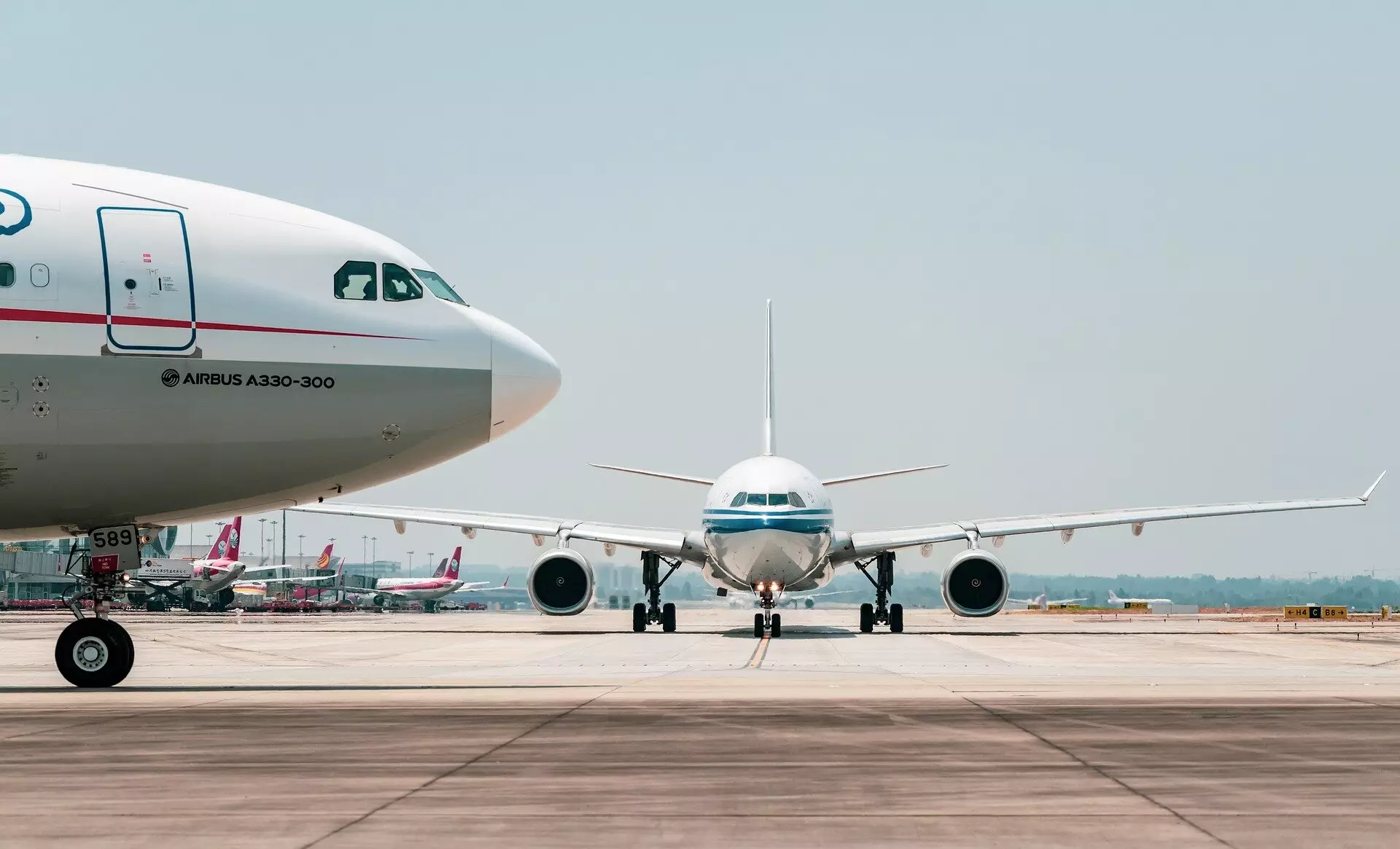In a recent development that could significantly reshape aviation’s approach to environmental sustainability, Cambridge University has unveiled a comprehensive report aimed at guiding the aviation sector toward achieving net-zero emissions by the year 2050. Titled “Five Years to Chart a New Future for Aviation,” this landmark report sheds light on the critical actions needed to realign an industry that has found itself lagging despite the pledges made by both governments and industry leaders. Emphasizing immediate and actionable objectives, Cambridge’s roadmap serves as both a critique of past efforts and a call to the aviation sector for renewed commitment and innovation.
Status Quo: The Aviation Industry’s Missed Targets
Despite the great fanfare accompanying ambitious climate pledges from various stakeholders, the reality facing the aviation industry is sobering. The report highlights a significant disconnect between the industry’s aspirations and its current trajectory. The lack of actionable steps and coherent policies has led to stagnation, risking the industry’s ability to achieve essential climate goals. The report’s analysis underscores that as of now, the aviation sector remains substantially off track. This discrepancy signals an urgent need for a fundamental shift in how the industry operates.
To address these challenges head-on, Cambridge’s report delineates four specific 2030 Sustainable Aviation Goals. Each goal not only addresses current hurdles but also maps out a clear pathway to propel the industry toward a more sustainable future. The urgency of these goals cannot be overstated—they must be embraced immediately to ensure the aviation sector is on course for net-zero emissions by the middle of the century.
* **Accelerating Contrail Avoidance**: The report advocates for the swift deployment of a global contrail avoidance system, capable of reducing aviation’s climate impact by an estimated 40%. This ambitious goal calls for large-scale experimental initiatives across entire airspace regions, aimed at understanding real-world dynamics and mitigating contrail effects.
* **Boosting System-Wide Efficiency**: Another key goal is the implementation of a new wave of policies intended to unlock widespread efficiency gains in the existing aviation sector. By focusing on systemic improvements that individual companies may overlook, the potential exists to halve fuel consumption by 2050.
* **Reforming Sustainable Aviation Fuel (SAF) Policies**: The report also emphasizes the need for reforming SAF policies to align with global biomass limits. By establishing a sustainable foundation for SAF production and driving renewable electricity sources, the market can gain the confidence necessary to scale production effectively.
* **Moonshot Technology Programs**: Lastly, the report calls for the launch of several “moonshot” technology demonstration programs to assess the scalability and viability of transformative technologies. By prioritizing these innovations, the aviation sector can expedite its path toward harmonizing progress with environmental responsibility.
Central to the report’s development is the Aviation Impact Accelerator (AIA), a pioneering initiative spearheaded by the University of Cambridge, further anchored by the esteemed Whittle Laboratory and the Cambridge Institute for Sustainability Leadership (CISL). The collaboration brings together top-tier research and industry insight, signaling a decisive moment in aviation history. The Whittle Laboratory, recognized globally for its expertise in flight and energy, stands at the forefront of low and zero-emission technology development.
Professor Rob Miller, Director of the Whittle Laboratory, articulates the significance of the moment, drawing parallels to the pivotal shifts that occurred in the automotive industry in the late 2000s with the emergence of electric vehicles. Similarly, he emphasizes that the aviation sector must embrace this juncture to pioneer lasting change.
The conversation surrounding sustainable aviation often oscillates between unbridled optimism regarding current capabilities and a somber acknowledgment of the industry’s environmental challenges. Eliot Whittington, Executive Director at CISL, captures this dichotomy perfectly, advocating for a balanced perspective grounded in robust evidence. The promise of the aviation industry rests on its capability to navigate the significant challenges ahead while harnessing available solutions.
The report from Cambridge University is not merely a critique of current aviation practices; it is a clarion call for immediate and bold action. As the world approaches critical environmental thresholds, the question remains: will the aviation sector seize the opportunity to redefine itself toward a sustainable and environmentally responsible future? With leadership, innovation, and collaboration, the ambitious goal of achieving net-zero emissions by 2050 is not just a possibility—it can become a reality.


Leave a Reply